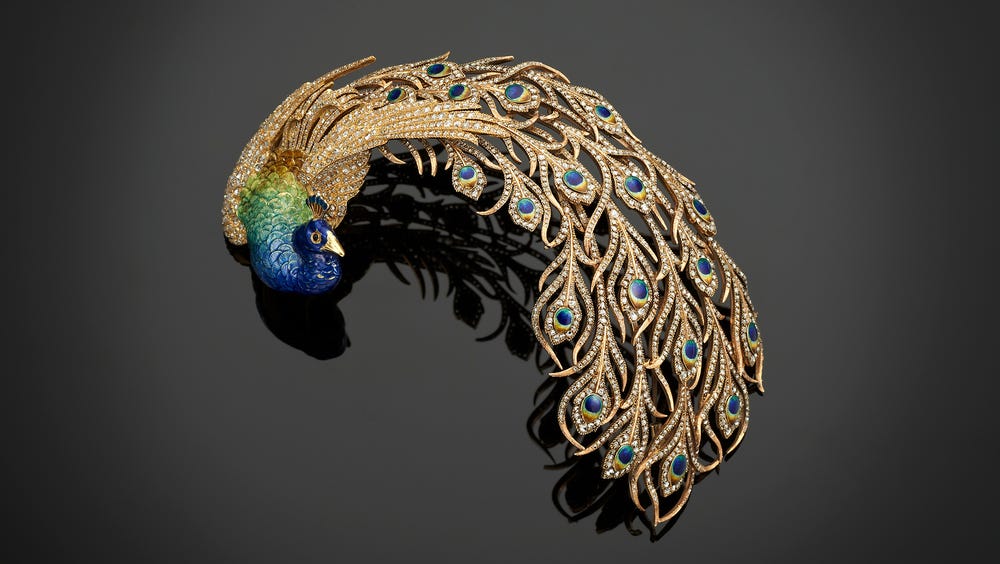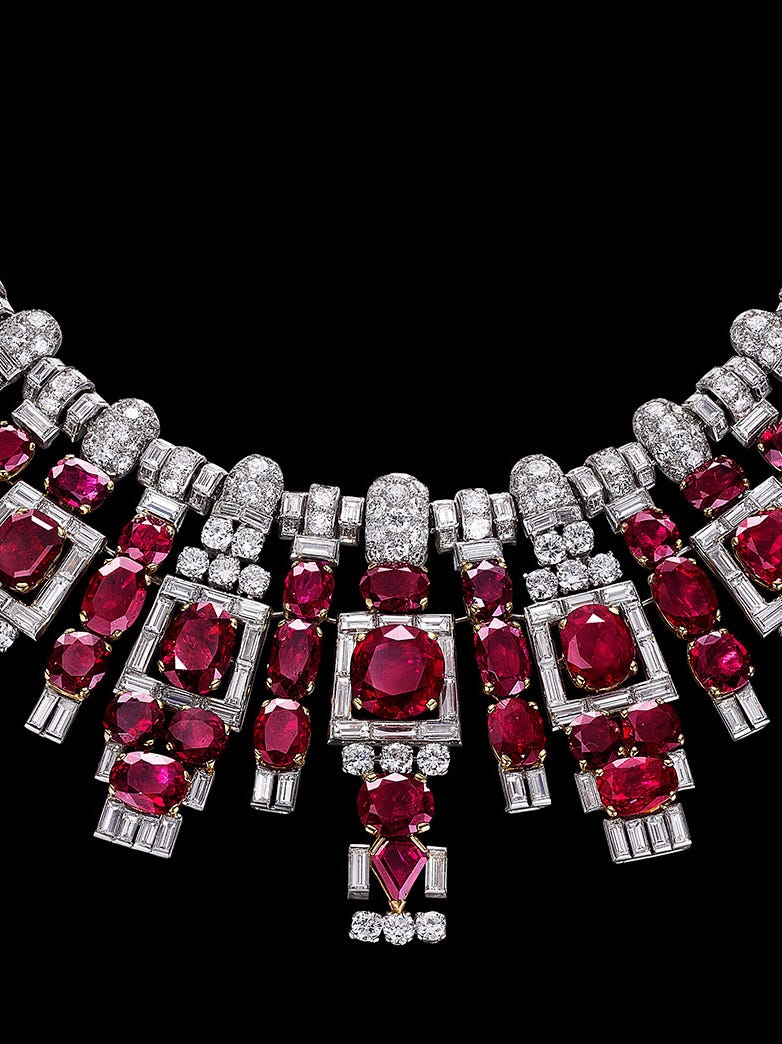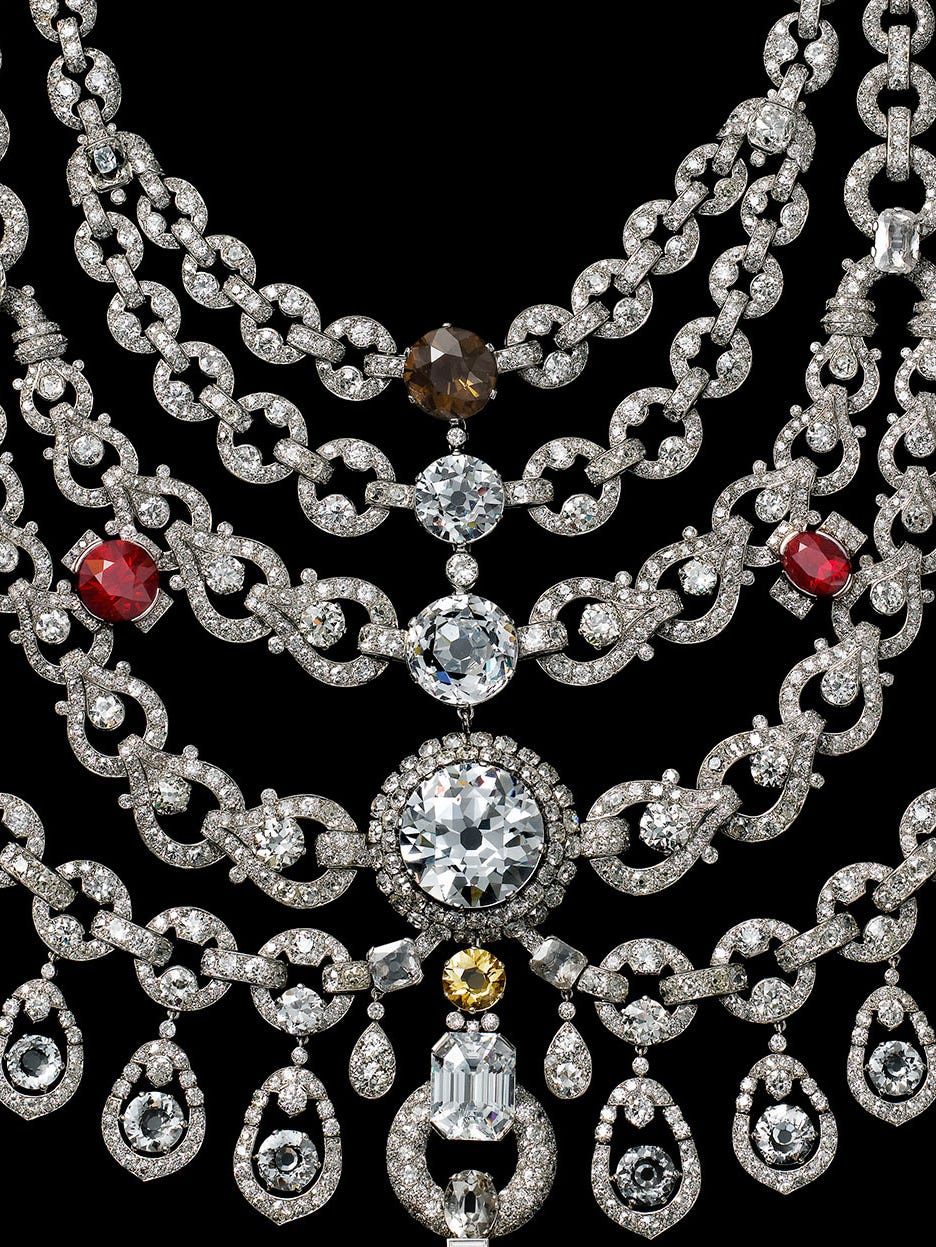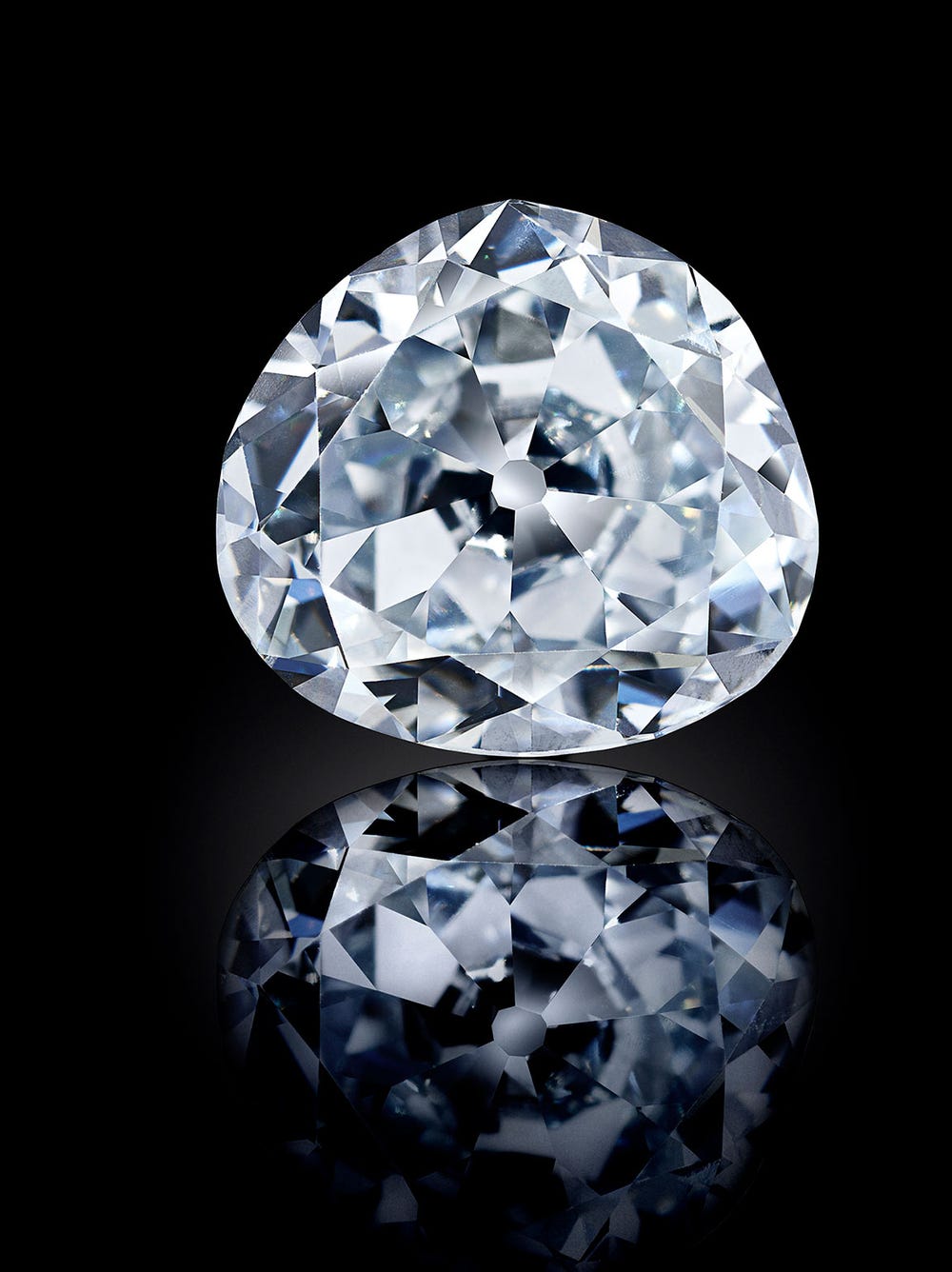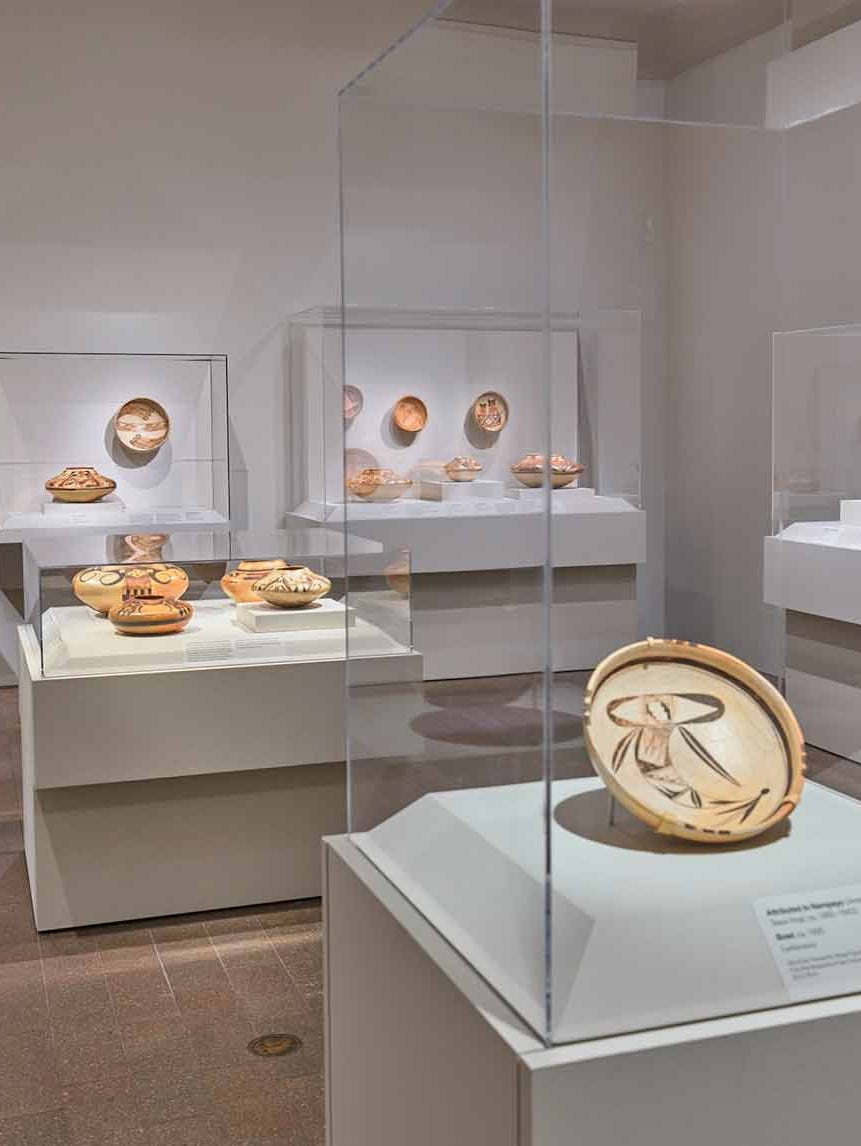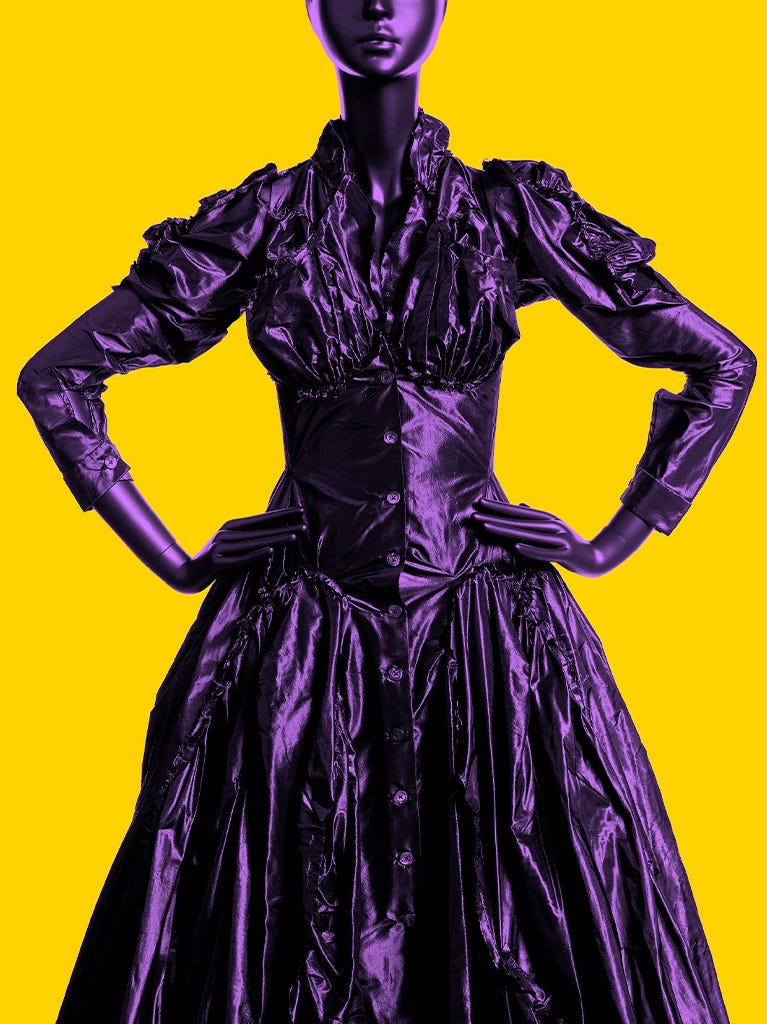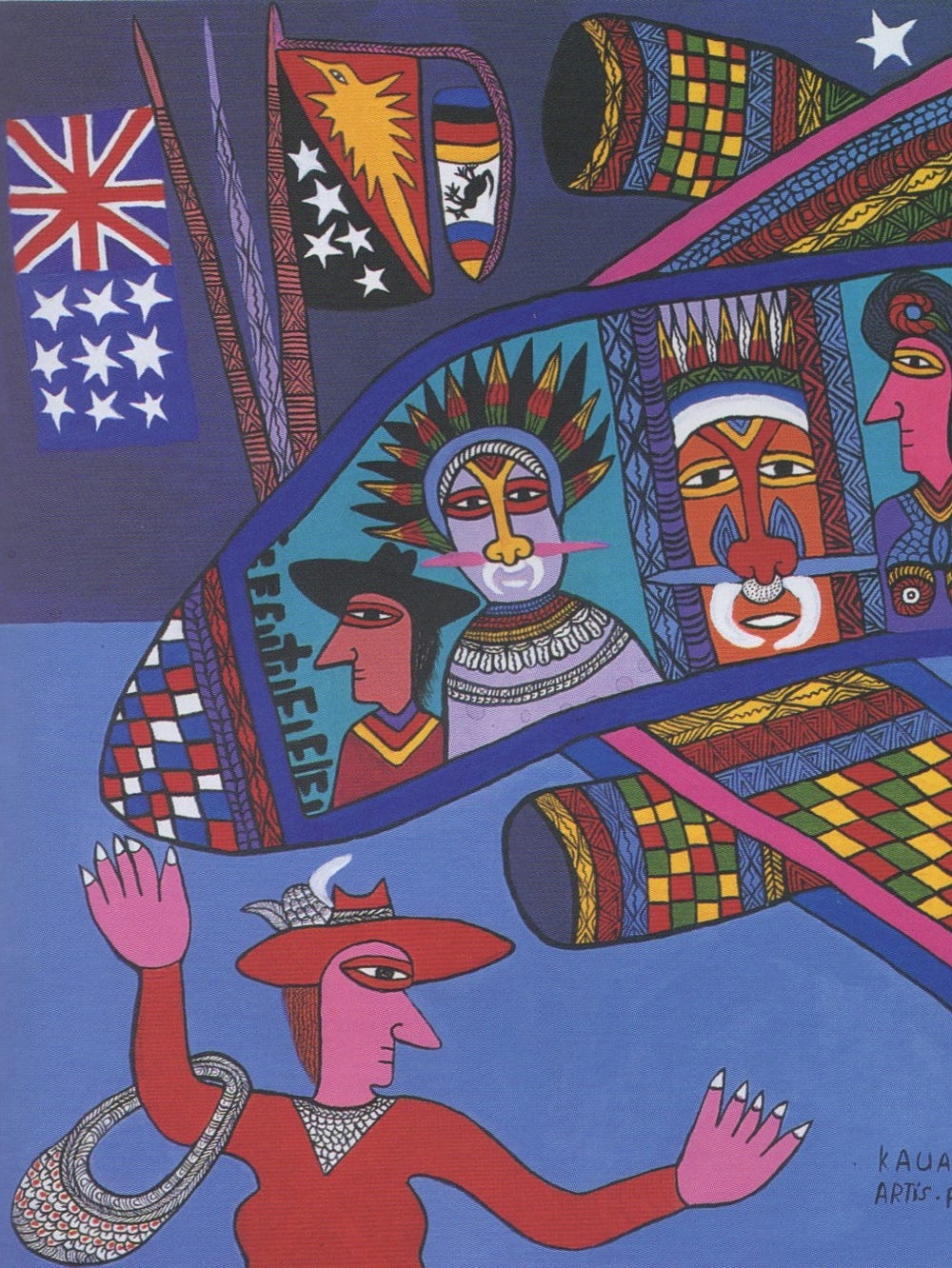East Meets West: Jewels of the Maharajas from The Al Thani Collection
Jump to
This exhibition explores the cultural and material exchanges between India and Europe through jewelry and precious objects ranging from the 16th century to the present. It features more than 150 pieces made in India or Europe associated with Mughal emperors, maharajas, and their courts. These objects include jewelry to be worn on ceremonial occasions, weapons such as swords and daggers, and precious works of art for display or use. Diamonds were at the center of this exchange, which, up until the mid-18th century, were mined in India and then traded to Europe where they were often recut in sparkling new forms. European enameling on courtly jewels presented as diplomatic gifts inspired the Mughal courts from the 16th century to develop goldsmiths’ work decorated with enamel, a practice that continues in India to this day. In the 20th century, the exchange ran in the opposite direction through Indian influences and gemstones that inspired the work of the great Parisian jewelry houses. Gender plays a significant role in this exhibition as, contrary to Western expectations, the most splendid jewelry was supplied exclusively for the male rulers of India. Furthermore, great pieces of jewelry conceived to adorn the queens of Europe, such as Catherine the Great of Russia or Empress Eugenie of France, could be happily worn by male maharajas in India.
In depth
The Mughal Treasury
The Mughals, descendents of Genghis Khan in Central Asia, arrived in India in 1526. The Mughal Empire was the largest in the world in 1600. Europeans visitors were astonished by the richness of the treasury of the Mughal rulers. The treasury contained many precious pieces fashioned in valuable metals, gemstones, and hardstones. Jades and other hardstones were admired for their beauty by the Mughal rulers of India, as they were equally by princes in Europe. Jade in India was associated with victory and was therefore used for weapons such as daggers. Jade was also regarded as an antidote to poison and was carved into exquisite cups and bowls for use at court. Rock crystals and jades could also be encrusted with gold and precious stones to reflect the splendor of the Mughal court.
Gold and enamel
Gold sourced in India was the most favored material for royal life, either for use in jewelry or in the making of ceremonial objects. Gold used for setting jewelry is characterized by the kundan technique where, instead of claws or prongs, the gems are secured by strips of pure gold. Ceremonial pieces such as rosewater sprinklers, boxes for spices, and even crutches employed this technique. Related to this was the application of enamel, to give shimmering color to the gold, a technique thought to have been imported originally from Europe.
Diamonds and gemstones
India was the principal source of the world’s gemstones, either through mining or by trade. Diamonds were found there from the earliest times, and up to the 1730s India was the principal resource for this precious stone that was traded all over the world. Some of the most famous diamonds at the European courts came from India, notably the Hope Blue (today in the Smithsonian in Washington, DC), formerly belonging to King Louis XIV. Indian diamonds found in the alluvial mines in Golconda have a reputation for the finest clarity, but when deposits of diamonds were discovered in Brazil from the 1730s, they were traded through India to give them credibility. Sapphires were mined in Kashmir, but emeralds, included in this exhibition to show their iconic value in Indian jewelry, were sourced from Colombia in South America. Traded by Europeans to India, they were cut and carved in the Mughal style to make them specifically Indian. This exhibition includes famous gemstones such as the Arcot II Diamond (formerly belonging to the Queen of England), the Idol’s Eye Diamond (once owned by Imelda Marcos), the Shah Jahan Emerald, and the Indore sapphire (formerly belonging to the Maharaja of Indore).
Regalia
Jewelry worn by the male rulers of India was an essential part of court culture. These rulers wore necklaces, armbands, bracelets, and even anklets in great profusion. Turban ornaments were the most characteristically Indian type and became much more elaborate in the 19th century. Their form was adopted by Europeans as the aigrette, where it was usually worn by women. Under successive rulers, Indian jewelry and precious objects developed different identities; the Mughals from the 16th century brought Persian and Central Asian influences, while the British in the 19th century brought European styles and methods of manufacture.
The 20th Century
India became the most pervasive influence on European jewelry in the early 20th century, in both its style and its use of gemstones. Cartier incorporated Indian carved colored gemstones, principally emeralds, rubies, and sapphires, to be placed in fashionable western jewelry, in an exotic Indian style today known as Tutti Frutti. Many maharajas had their traditional jewelry remade in more sophisticated techniques by the Parisian jewelry houses. These pieces were recast in more fashionable forms and with settings in platinum rather than gold producing a hybrid type that reflected both worlds.
Contemporary Jewelry
After the end of British Raj in 1947, the maharajas had less influence on the making and wearing of jewelry, but the traditions persist in the hands of contemporary jewelers. From Mumbai, Bhagat makes pieces in the traditional Indian manner with a modern twist, using flat cut diamonds placed into settings that are almost invisible. In contrast, the highly inventive works produced by the American-born Paris based jeweler JAR include Indian influences both in style and in the use of historic gemstones. Through this final section, these two contemporary jewelers show how East meets West today.
In the news
Stories
Sponsors
This exhibition is organized by the Fine Arts Museums of San Francisco.
Education and outreach programs are made possible through the generosity of Diane B. Wilsey. Additional support is provided by Jamie and Philip Bowles.
